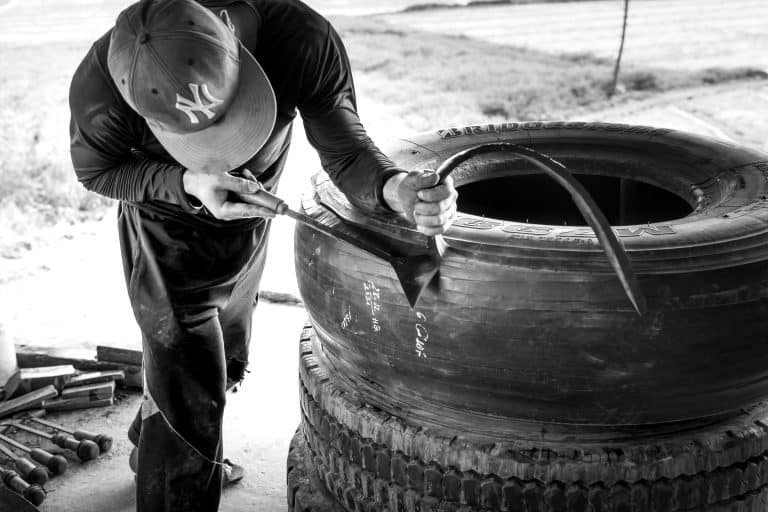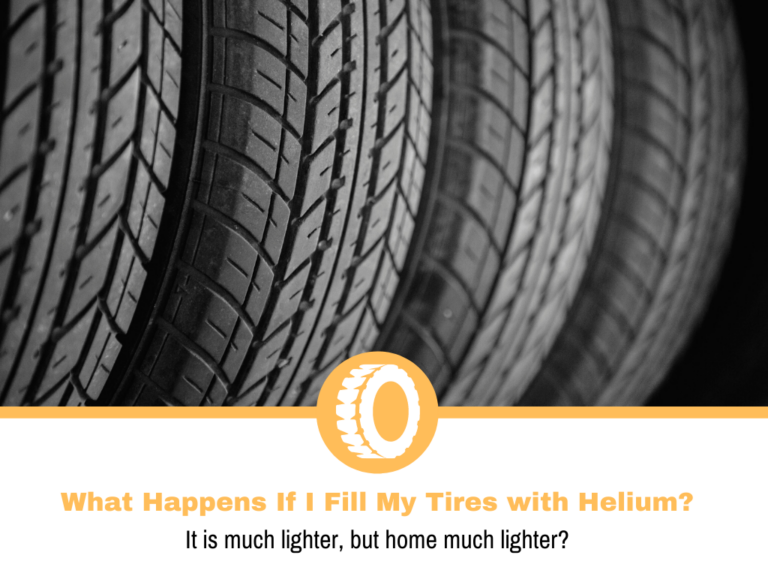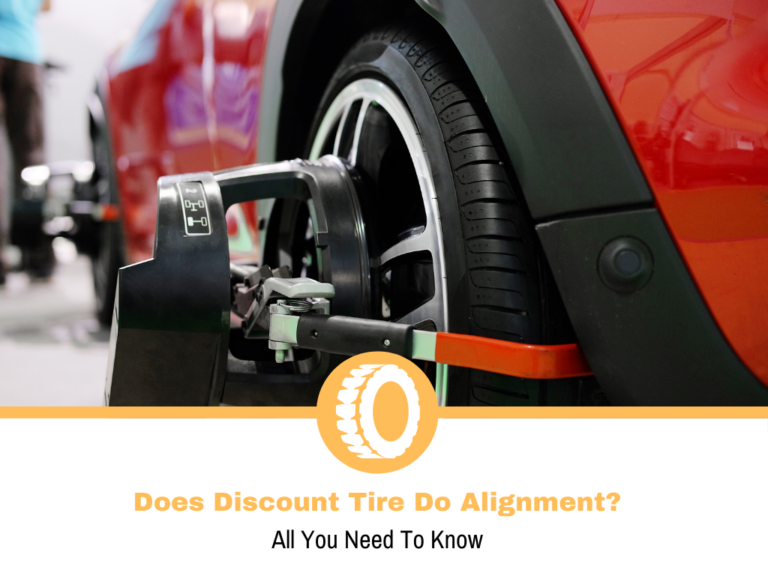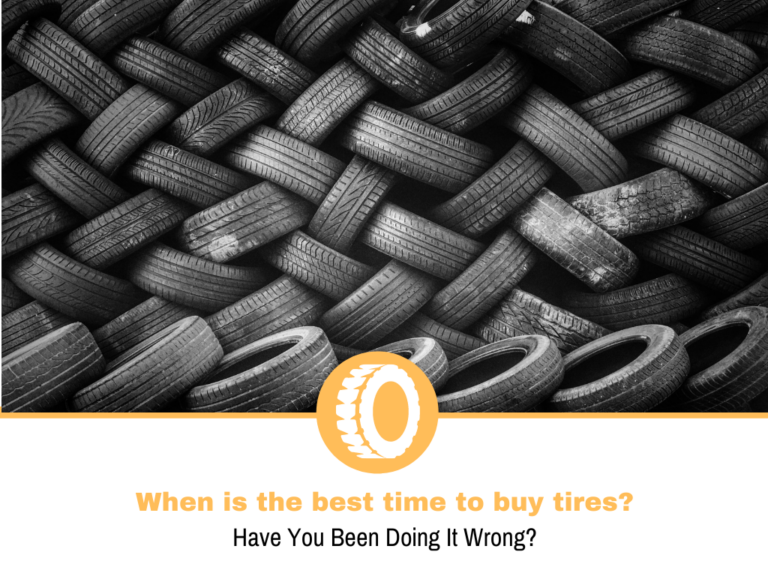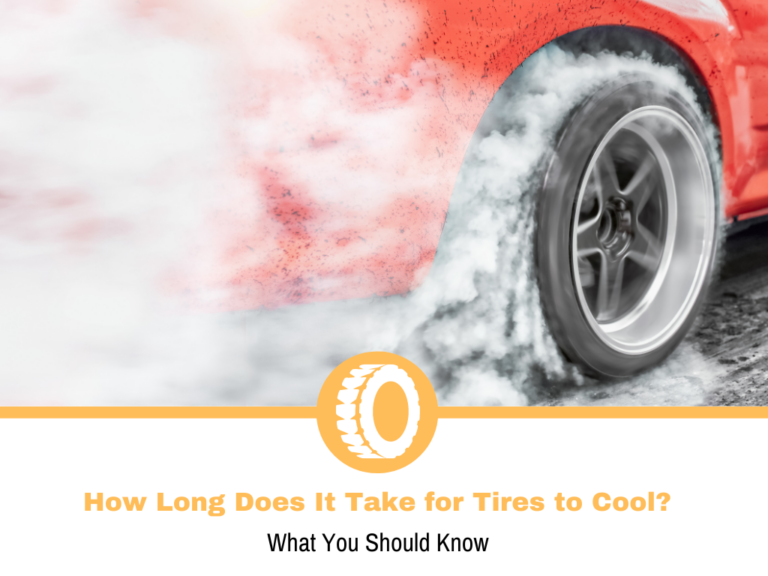How Long Does A Tire Plug Need To Dry?
If you are someone who tends to drive a lot, you are inevitably going to experience a flat tire every now and then. The best thing you can do is to either plug or patch the tire because that enables you to continue using the tire without any major safety concerns. However, if you decide to plug it, you need to be sure that the plug application is as smooth as possible.
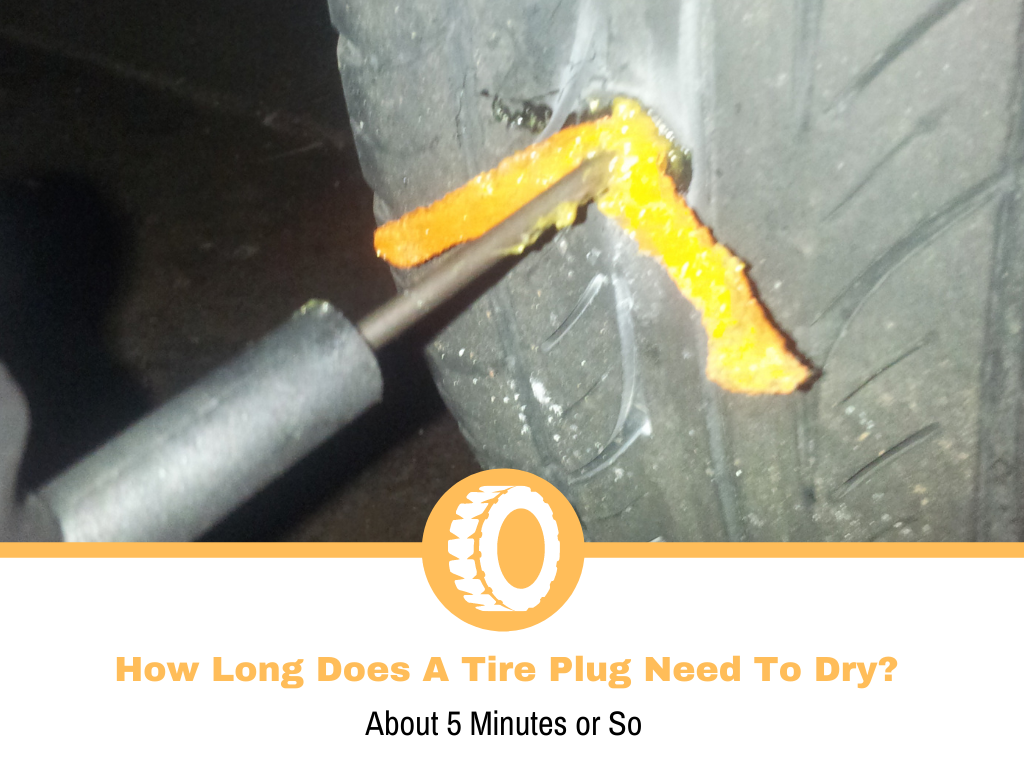
How long does a tire plug need to dry, is tire plugging better than tire patching? If you want to know the answers to these questions, and more, be sure to read this article.
How Long Does A Tire Plug Need To Dry?
Even though the plug and the cement are designed to dry in a matter of seconds, you should at least wait for a minute or two before you cut all the excess material. This is necessary in order to be sure that the application has been successful.
It’s always a good idea to wait around 5 minutes or so before you decide to trim anything, just to be 100% sure that everything has gone according to plan.
How Can You Fix A Flat Tire?
- Plugging a tire
- Patching a tire
- Plug and Patch combo
How Can I Plug A Tire?
Before you attempt to plug a tire, you need to have all the necessary tools and the correct environment for the job. As such, be sure to raise your car up, get a pair of pliers, a spray bottle, a tire plugging kit, and wire cutters. You should also gather all the materials you need such as paper towels, soap and water, tire plugging strips, and tire sealing cement.
It’s worth mentioning that some tires simply can not be repaired. After you have gathered all the necessary tools and materials, you now need to locate the hole. You can do so easily by airing up the tires and spraying the surface of the tire with a spray soap and water mix to see where the bubbles are coming out.
Be sure to always take the object that has punctured the tire out with a pair of pliers. You need to ream out the hole by using the round tool that usually comes with a tire plugging kit. Move the tool up and down, in and out a few times and that should do the trick.
Now it’s time to finally plug the hole by inserting the sticky tar with the correct plugging tool. Apply minimal force to push the plug into the hole until only about half of an inch sticks out. Slowly take out the plugging tool and wait a few minutes before you cut the excess material.
How To Patch A Tire?
Patching a tire is arguably the preferred choice as opposed to tire plugging because a tire patch is a more comprehensive repair. Once again, you need the right tools and materials for the job which means that you need to gather a tire marker, a scuffer, an appropriately sized tire patch, rubber cement, and a buffer tool.
First, you need to take the wheel off the car, then you have to separate the tire from the rim by deflating it, detaching it, lubricating the area where the tire meets the rim and prying out the rim away from the tire. The best thing you can do here is to remove the wheel and take it to a tire shop for them to disassemble it the right way.
With the tire of the rim, use the marker to mark where the puncture is, and then use the scuffer to roughen up the area around the puncture because the patch adheres better on a rougher surface. Apply the rubber cement onto the puncture evenly while slowly working your way into the hole and over the entire rough surface.
Now it’s time to apply the tire patch by correctly positioning it over the hole and applying decent pressure for it to settle. Be sure to remove any potential bubbles with the buffer tool and don’t attempt to peel off the plastic film that comes on top of the patch. If you’ve done all of this correctly, congrats, you have just patched a tire.
How Does A Plug And Patch Combo Work?
You should start the process by removing the wheel of the car, separating the wheel from the tire, and locating the puncture. You need to roughen up the area around the puncture and then apply the vulcanizing cement. After the cement has become tacky you need to insert the plug through the puncture in the exact same way instructed above.
You need to cut all the excess material before you then move on to patching the tire as instructed above. It’s worth mentioning that you should leave patching and plugging to professionals because it does not cost all that much money anyway. You could do everything by yourself, but you should also make sure that everything is done perfectly.
Conclusion
When plugging a tire, you need to wait at least a minute or two before you cut the excess material off. This means that you should never immediately proceed to cut or do anything with the plug before it is 100% dry. Plugging a tire might be an easy and cheap way how one can fix a flat tire, but the reality is that plugging a tire is not necessarily all that good.
You should focus your attention on patching a tire because a tire patch is a more dependable and comprehensive fix. However, the best thing you can do is to apply a plug and patch combo because that is the most dependable and most comprehensive way to fix a flat tire.
Even though plugging a tire is easy if you have the necessary kit, it is still better to leave such tasks to trained and experienced professionals as they are able to properly decide if the tire needs plugging, patching, or both.
